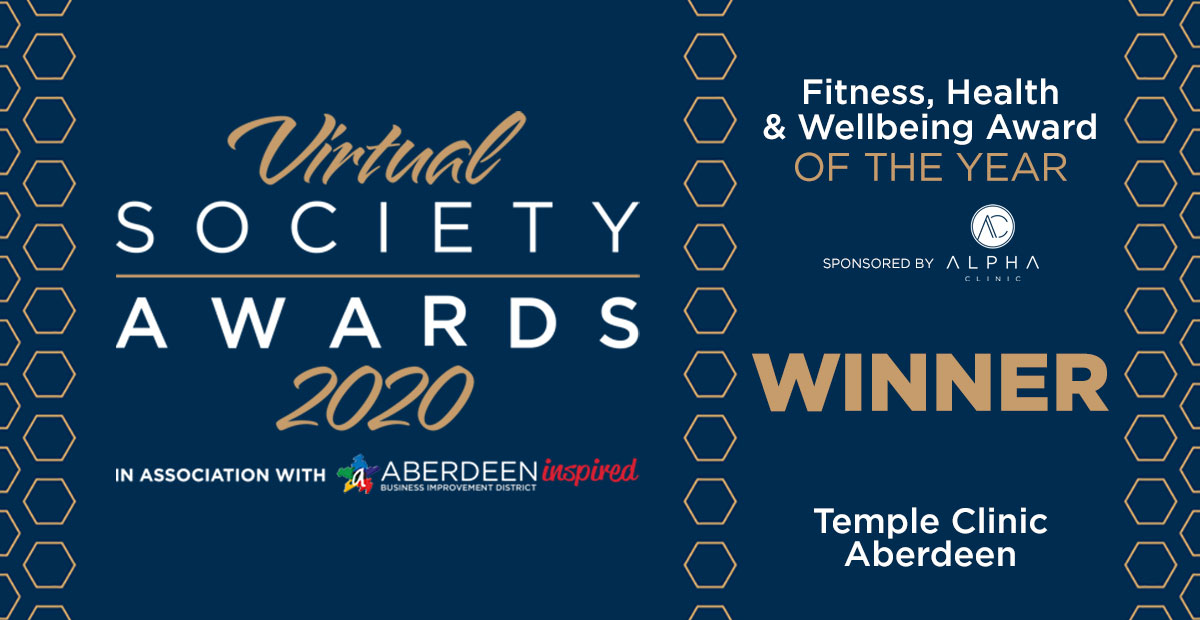3 superfoods that are healthy but not quite “super”
QUINOA
Having a full complement of essential amino acids makes this unique amongst grain and seed crops. It is essentially viewed as a staple in subsistence farming in some parts of the world, and in Peru there is a programme using it as a public health measure to avoid malnourishment in some of the poorer communities.
However, for the average consumer in a developed country there is no particular need to eat quinoa in order to achieve the recommended protein requirements, even if eating an unhealthy diet. Quinoa can make a useful addition to those who are gluten intolerant when other dietary choices may be more restricted. But standing back from that, from a general ecological perspective, is it really ethical for affluent consumers to poach these staple crops from those countries where choice and nutritional options are truly limited.? With the soaring popularity of quinoa in recent years, the commercial benefits of exporting this grain have created difficulties for indigenous Peruvians who struggle to afford their healthy staple food. Ironically, some of the now wealthy Peruvian farmers, can now afford to buy into the ‘progressive’ Western diet of fast food and thus share some of its inherent health problems.
BERRIES
Both goji and acai have become popular exotic berries with claims of amazing health benefits.
Goji are red berries grown and harvested in China and have been part of traditional Chinese medicine for centuries. Goji berries can be eaten in dried or juiced form. These berries are high in B vitamins and are marketed for their ability to boost immunity, fight cancer prevent heart disease and improve life expectancy – but the evidence for all this from any particular food is weak and tends to hinge on antioxidant properties. Of note, the British Dietetic Association argues that one must drink at least 13 servings of goji berry juice to get as many antioxidants as one would get by eating a large red apple.
Acai berries first gained popularity in the United States around 2009 after Dr.Mehmet Oz, cardiothoracic surgeon and television figure, appeared on the Oprah Winfrey show claiming that acai can improve skin health, helps to fight ageing and can even accelerate weight loss. These claims may have value, but then marketing hype took over. Winfrey and Oz have apparently sued more than 40 companies for illegally using their names to sell products, and exaggerating the health benefits
It is even more concerning that the fruit’s wholesale price has jumped by more than 60x since the early 2000s, pricing the Amazonian villagers who rely on it themselves out of the market.
CHIA SEEDS
These contain good amounts of vitamins B1, B3, and phosphorus and are generally hailed as having high levels of anti-oxidants. They are however expensive and could actually be easily replaced by other seeds. For instance, flax seeds contain high levels of protein and omega-3 fats and even the more common poppy seed can be richer in micronutrients than chia. Producers of chia, in Latin America have struggled to cope with the rapid increase in demand for their crop, and are planning to expand production at the expense of other crops.
If and when chia seeds, goji and acai berries and quinoa are no longer the most trendy superfoods demand will presumably wind down, and the farmers will be left to contemplate the wisdom of basing their long term economic hopes on the vagaries of dietary crazes in rich, distant countries.
But perhaps the real problem lies in where we get our health information. Should most of it come from blogs, social media, TV and celebrity influencers? Surely we would be better to be properly educated and learn to rely on scientific facts?
Claims for biological effects of individual foods should be based on credible sources and not promoted beyond the available evidence. There are simpler and cheaper alternatives to superfoods.
Quinoa may deliver a complete protein - all of the amino acids you require - in a compact package, but rice and beans together can actually do better. Goji and acai berries, are similar to blueberries and strawberries, which are also packed with phytochemicals. The only problem is that lacking an exotic back story, food marketers can’t wring as exorbitant a mark-up from these staples.
How much more beneficial would it be if people were taught how to prepare and plan a varied, balanced diet.
Rather than promoting half-truths through the food industry, wouldn’t it be great if celebrities and influencers were used to transmit information about healthy and affordable eating? They could endorse recipes and cookbooks using locally available and easily accessible foodstuffs. Not only might this improve health and well-being across industrialised societies, but ditching unfounded “superfood” claims would be both ethically and globally affordable.










